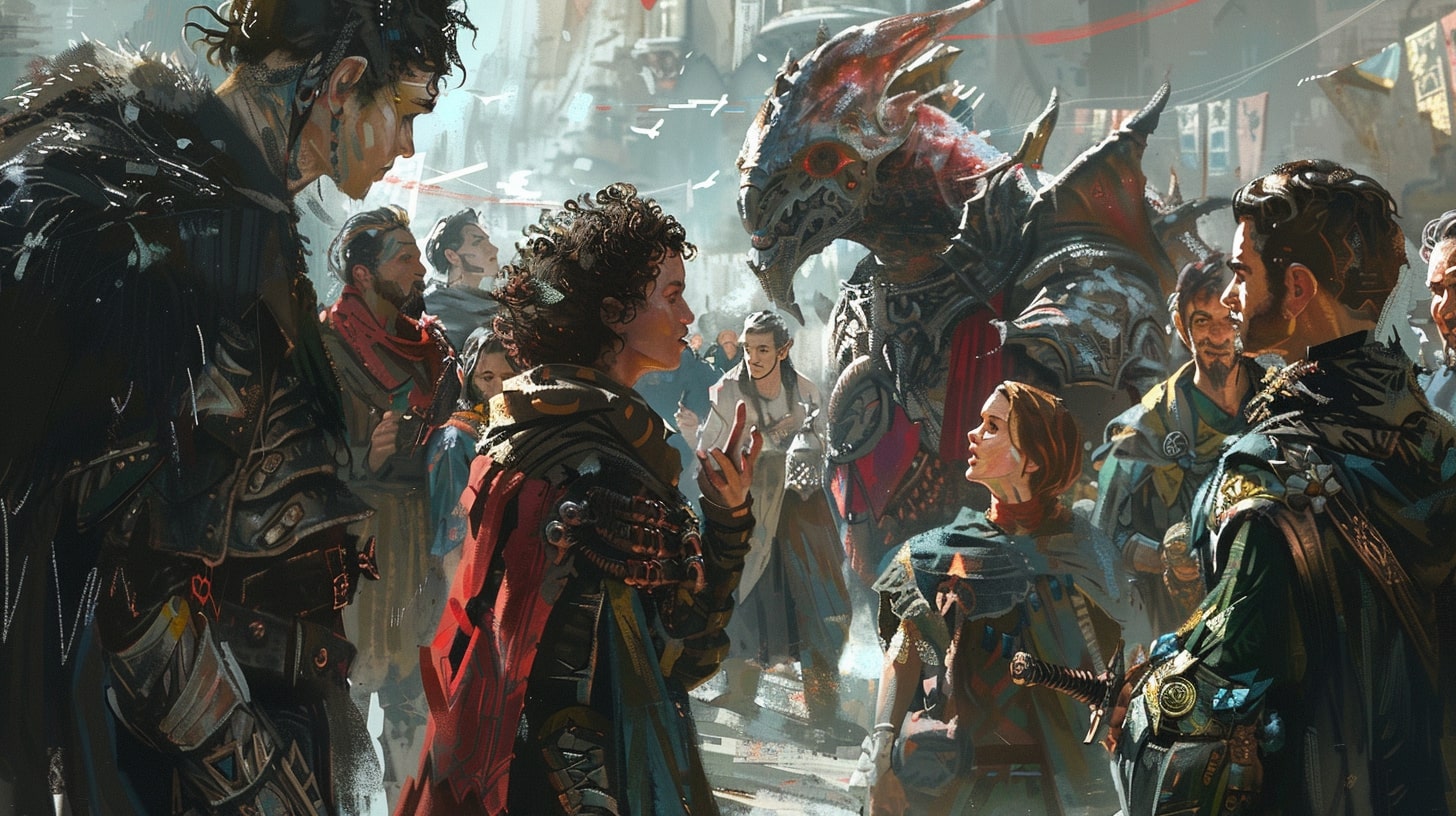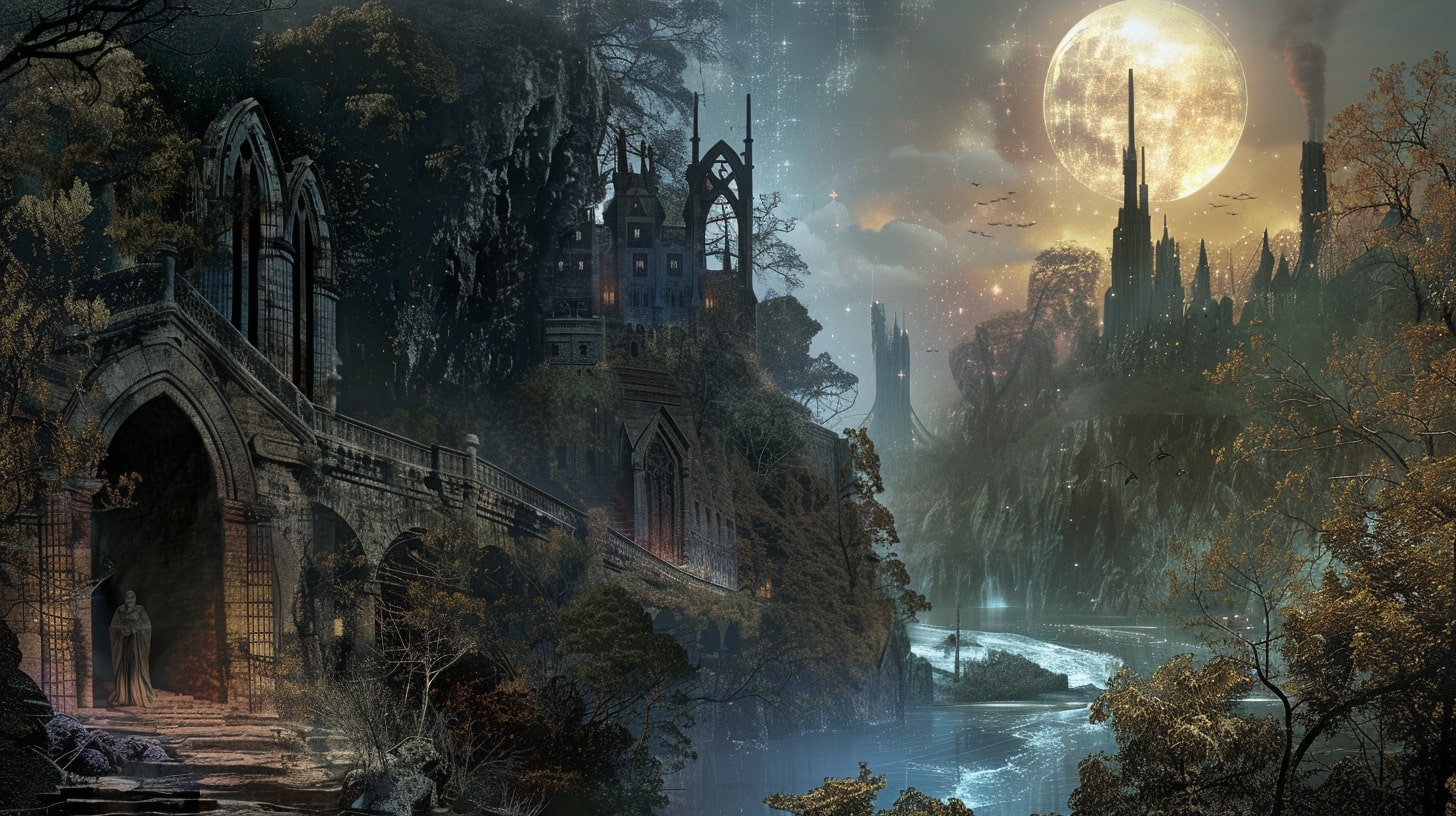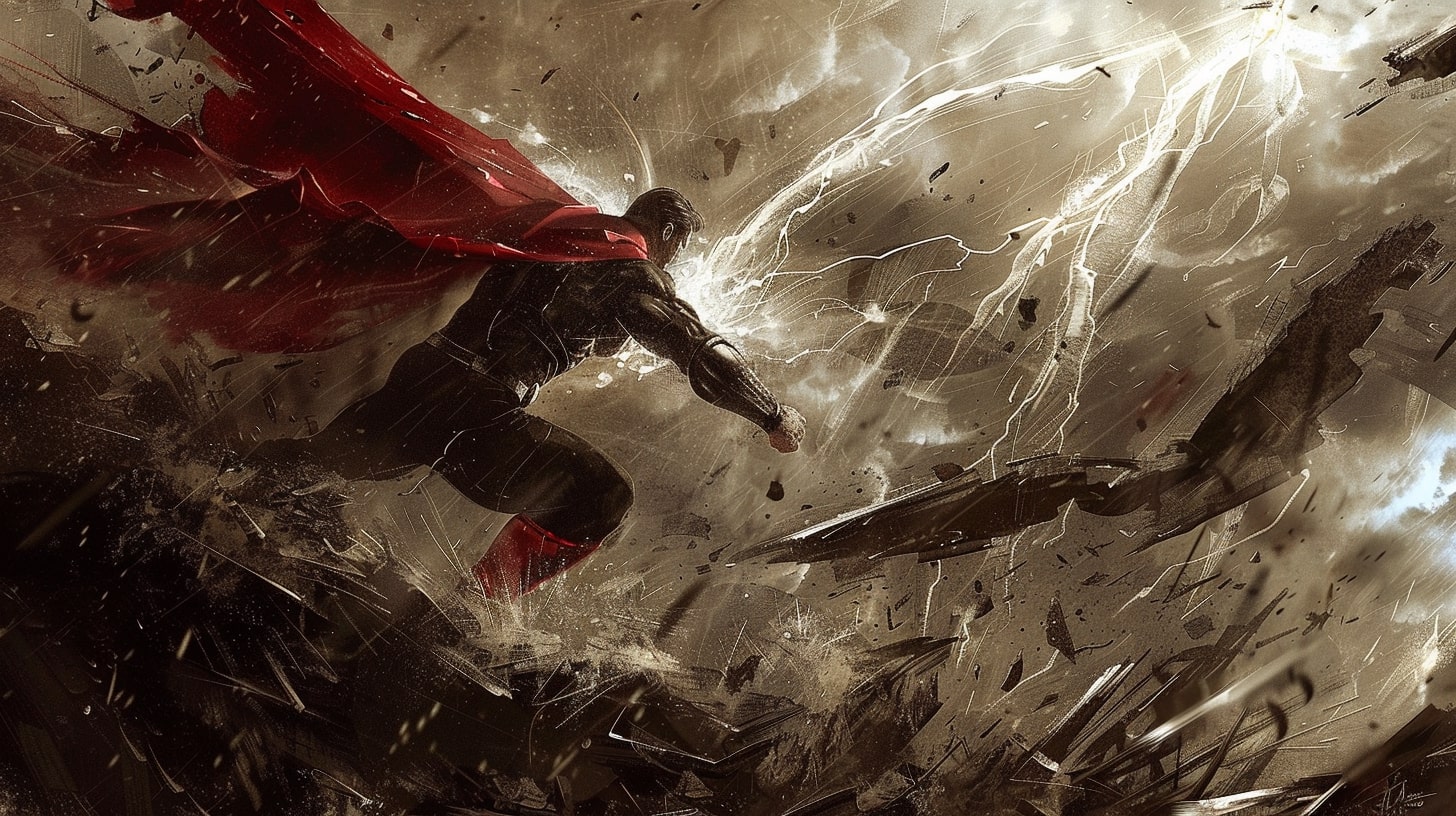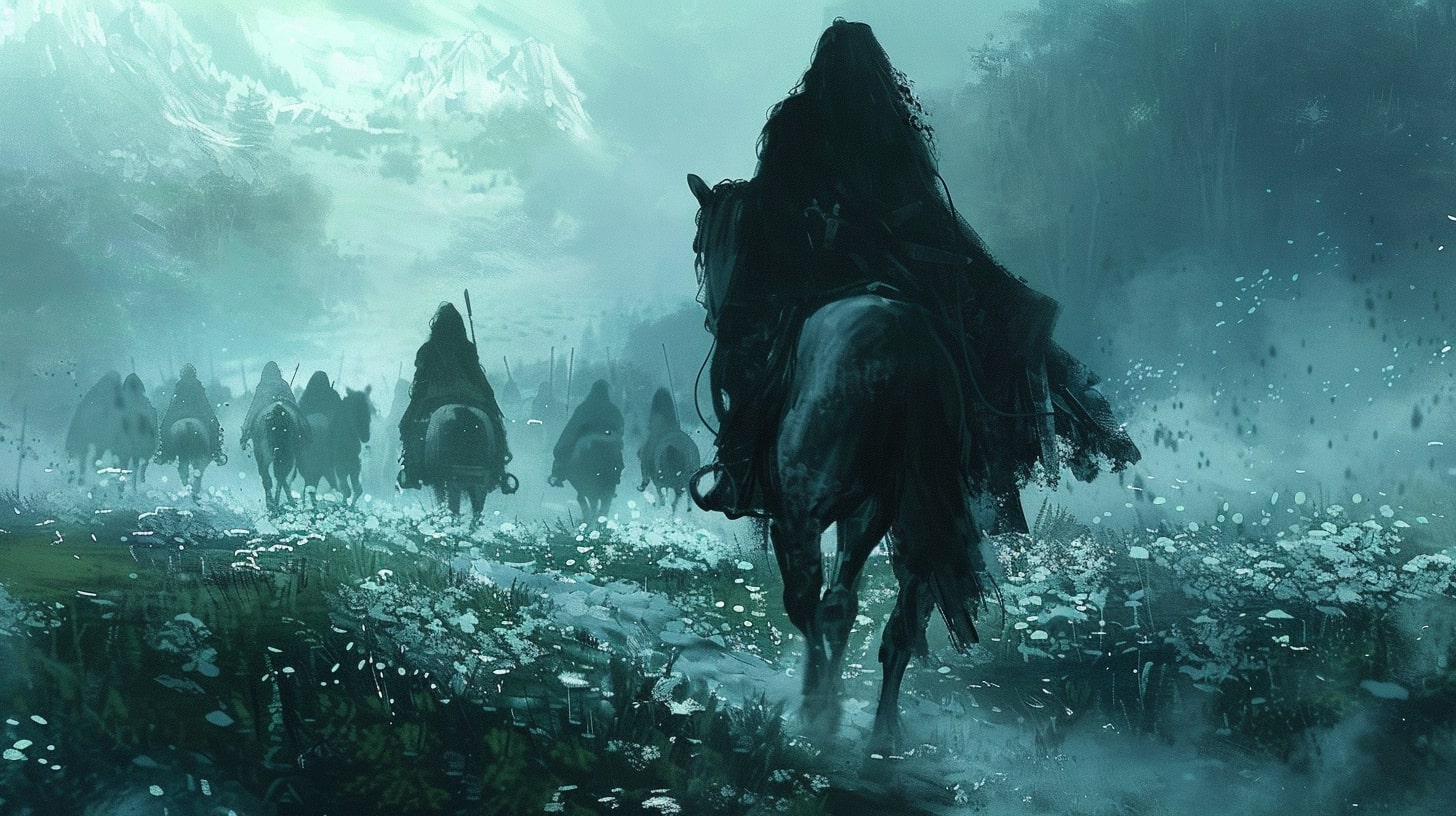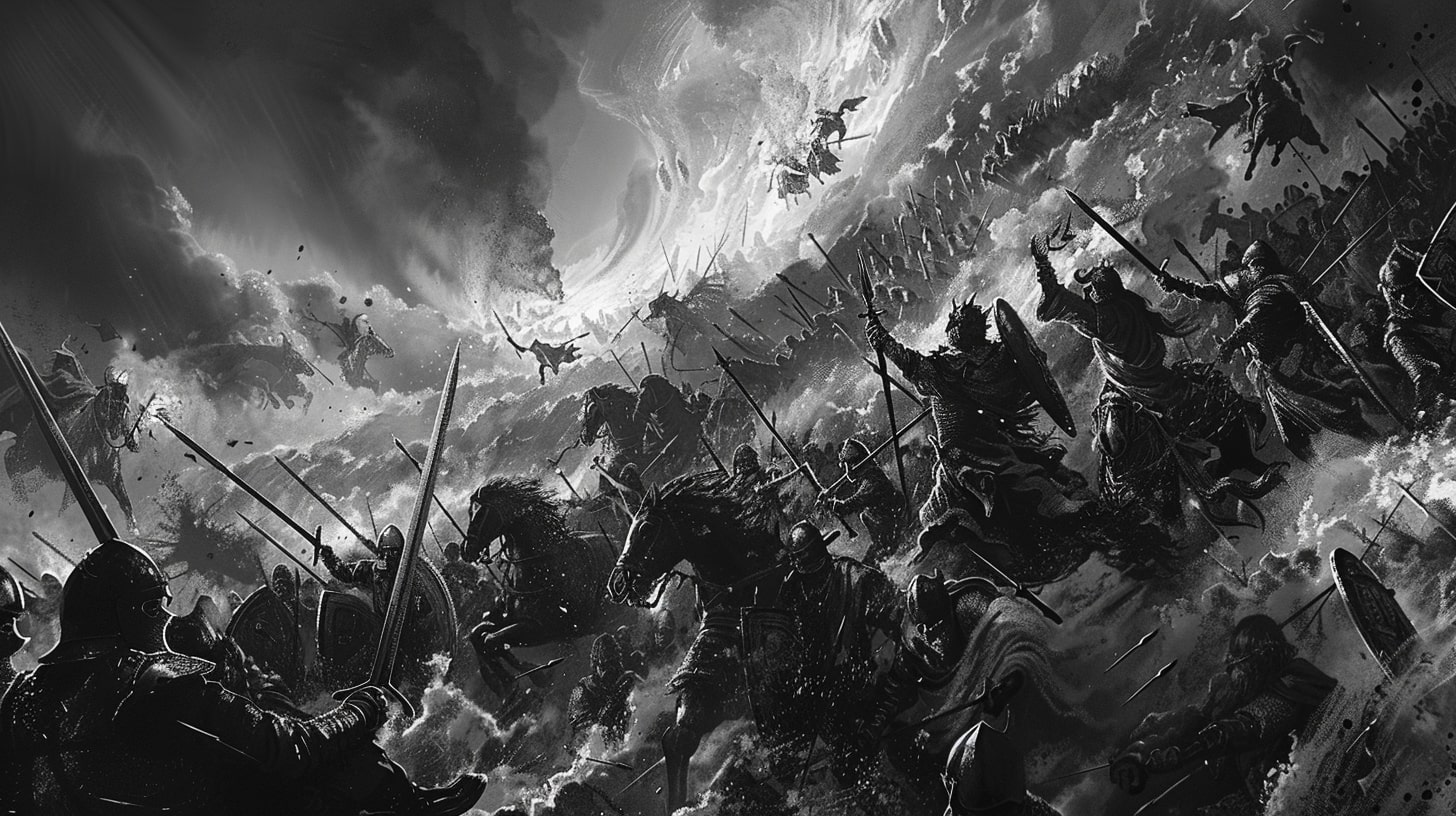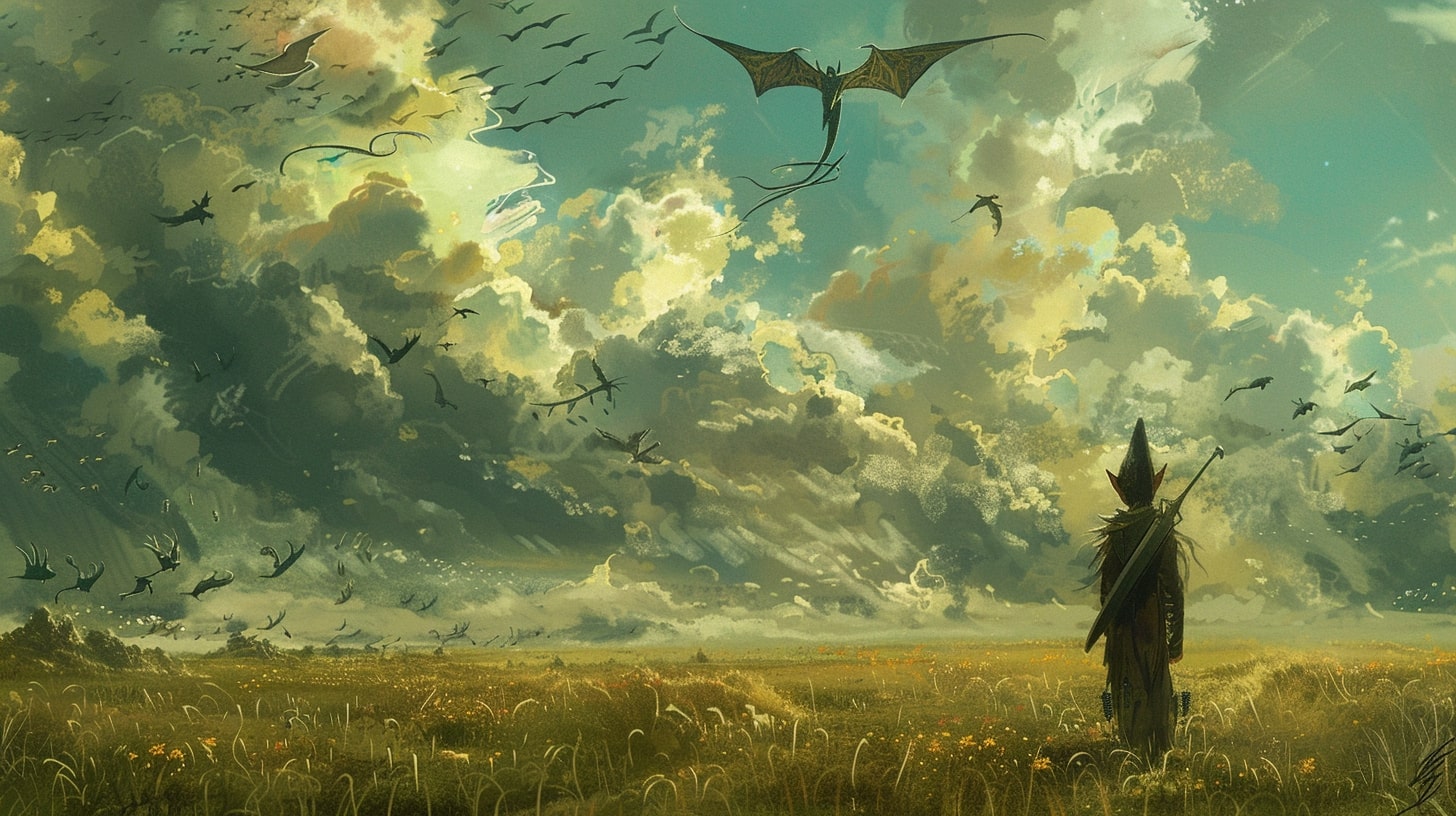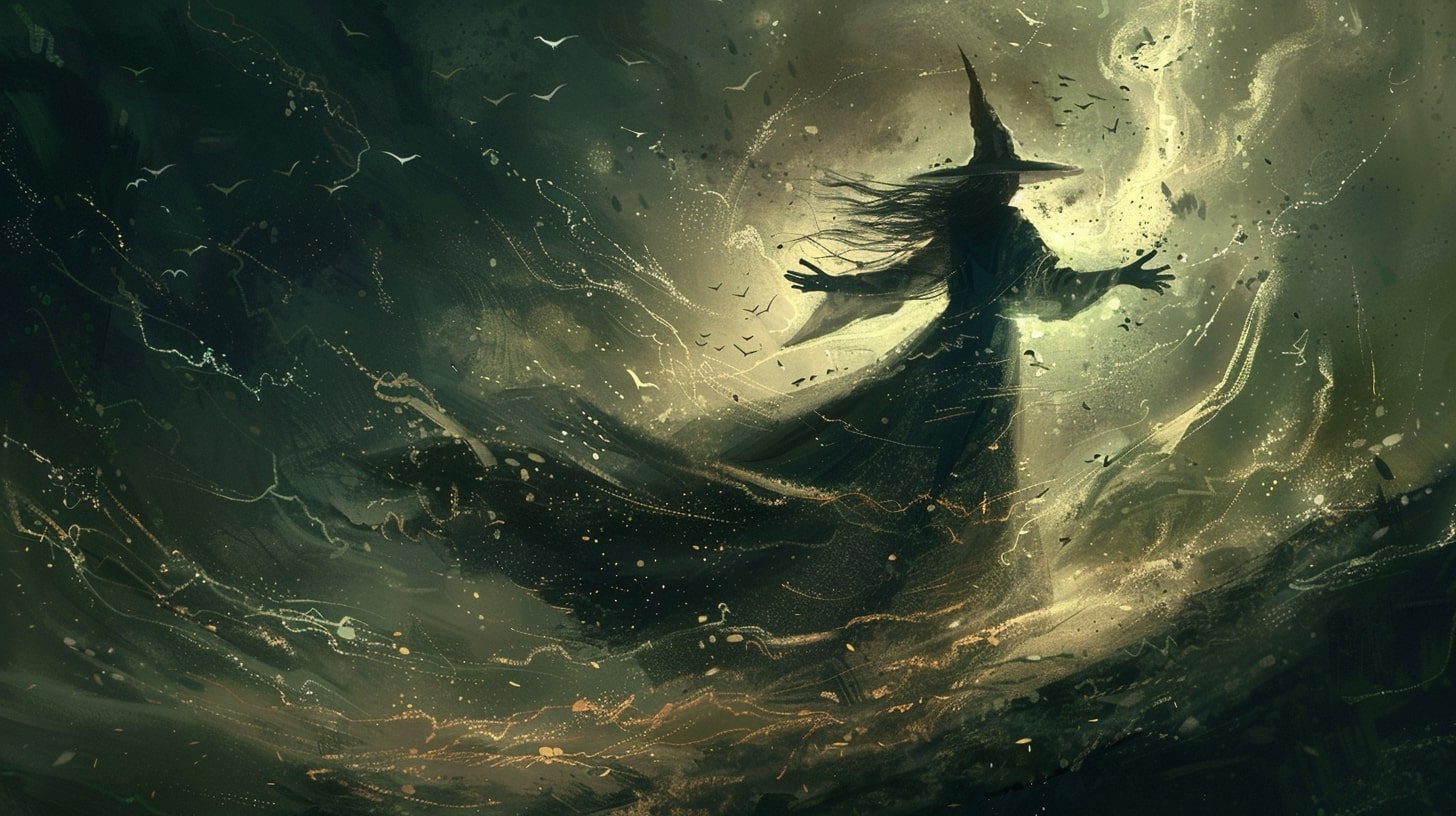The World of Fantasy Writing
Welcome to the enchanting world of fantasy writing! In this genre, you have the power to create vibrant worlds, fascinating characters, and captivating stories that transport readers to realms beyond imagination.
Whether you are just starting your journey or looking to enhance your skills, this article will provide you with valuable insights and advice on crafting compelling fantasy tales.
So are you ready to dive into some amazing fantasy writing tips?
Introduction to Fantasy Writing
Fantasy writing is a genre that brings together elements of magic, mythical creatures, supernatural powers, and epic adventures. The possibilities are limitless as you build your own fantastical worlds and explore the depths of your imagination. From high fantasy with knights and dragons to urban fantasy in modern settings, there is a subgenre to suit every writer’s taste.
Writing fantasy allows you to delve into uncharted territories, discover hidden treasures, and unravel the mysteries of your own creation. It’s a realm where imagination reigns supreme and where you have the freedom to challenge the boundaries of reality.
Why Write Fantasy?
Why write fantasy? The answer lies in the boundless opportunities it presents. Through fantasy, you can explore complex themes, delve into social issues, and create allegories that resonate with readers. It allows you to examine the human condition from a unique perspective, using magical elements and extraordinary settings to bring your ideas to life.
Additionally, fantasy provides an escape from the mundane. It offers readers a chance to step into extraordinary worlds, embark on thrilling quests, and experience wonder and awe. As a fantasy writer, you have the power to transport your readers to far-off lands, introduce them to extraordinary characters, and take them on unforgettable journeys.
Whether you’re drawn to the allure of magic, the excitement of epic battles, or the exploration of profound themes, fantasy writing offers a realm of endless possibilities. So, grab your pen and let your imagination soar as we delve deeper into the art of captivating fantasy writing.
Before we embark on this magical journey, let’s explore the fundamental aspects of crafting an engaging fantasy story. From building a compelling world to developing unique characters and creating an engrossing plot, these elements form the foundation of a captivating fantasy tale.

Fantasy Writing Tips: Crafting an Engaging Story
To captivate readers with your fantasy writing, it’s essential to craft an engaging story. This involves building a compelling world, developing unique characters, and creating an engrossing plot.
Building a Compelling World
A well-developed fantasy world serves as the backdrop for your story, immersing readers in a realm of wonder and imagination. When building your world, consider elements such as geography, history, culture, and magic systems. You can draw inspiration from various sources, including mythology, folklore, and your own imagination.
To make your world come alive, pay attention to details. Describe the landscapes, architecture, and unique features that set your world apart. Think about the social and political structures, as well as the interactions between different species or races. By creating a rich and believable world, you invite readers to journey alongside your characters. Check out our article on creating a fantasy world for more in-depth guidance.
Developing Unique Characters
Strong and relatable characters are the heart of any fantasy story. They bring the world to life and drive the narrative forward. When developing your characters, consider their backgrounds, motivations, and conflicts. What makes them unique and interesting? What challenges do they face, both internally and externally?
Ensure that your characters have depth and complexity. They should grow and evolve throughout the story, facing obstacles and making choices that impact the world around them. Avoid relying on stereotypes and strive to create well-rounded individuals with strengths, weaknesses, and believable relationships.
Immerse yourself in the minds of your characters to understand their desires, fears, and hopes. This will allow you to craft authentic dialogue and actions that resonate with readers. For more insights on developing compelling characters, check out our article on developing fantasy characters.
Creating an Engrossing Plot
An engrossing plot keeps readers hooked from beginning to end. As you craft your story, consider the central conflict, the stakes involved, and the journey your characters undertake. Incorporate elements of tension, suspense, and surprise to keep readers eagerly turning the pages.
A well-structured plot follows a clear arc, with a beginning, middle, and end. Introduce your readers to the world and characters, establish the conflict, and set your characters on a path of discovery and growth. Ensure that each scene and event serves a purpose in advancing the story and developing the characters.
Consider incorporating subplots and twists to add depth and complexity to your narrative. These can provide additional layers of conflict, reveal hidden truths, or showcase character growth. Remember to balance exposition and action, providing enough information to immerse readers in your world while keeping the story moving forward.
Crafting an engrossing plot requires careful planning and outlining. Structure your story in a way that keeps readers engaged and invested in the outcome. For more guidance on outlining your fantasy novel, check out our article on outlining a fantasy novel.
By focusing on building a compelling world, developing unique characters, and creating an engrossing plot, you can captivate readers with your fantasy writing. Let your imagination soar as you bring your story to life, taking readers on an unforgettable journey through the realms of fantasy.

Tips for Captivating Fantasy Writing
When it comes to fantasy writing, there are several key tips that can help you create a captivating and immersive story. By embracing the power of imagination, establishing consistent rules for your world, and balancing exposition and action, you can craft a fantasy tale that keeps readers hooked from beginning to end.
Embrace the Power of Imagination
Fantasy writing is all about unleashing your imagination and taking readers on extraordinary journeys. Let your creativity soar as you create unique worlds, magical systems, and fascinating characters.
Don’t be afraid to think outside the box and explore unconventional ideas. By pushing the boundaries of reality, you can create a truly captivating and immersive fantasy experience.
To enhance your imaginative process, consider exploring different subgenres within the fantasy genre. Whether you’re interested in writing high fantasy, urban fantasy, or dark fantasy, each subgenre offers its own set of conventions and opportunities for storytelling. Check out our articles on writing urban fantasy and writing dark fantasy for more insights.
Establish Consistent Rules for Your World
To make your fantasy world believable and engaging, it’s important to establish consistent rules that govern its functioning. Whether it’s the laws of magic, the limitations of technology, or the social structures of different species, these rules provide a foundation for your story and help maintain coherence.
Take the time to carefully define and document the rules of your world. Consider factors such as the source of magic, its effects, and any associated costs or consequences. By ensuring consistency and adhering to these rules, you create a more immersive experience for your readers. For more guidance on building a fantasy world, check out our article on creating a fantasy world.
Balance Exposition and Action
One of the challenges in fantasy writing is finding the right balance between exposition and action. While it’s important to provide enough information for readers to understand your world and its intricacies, it’s equally important to keep the story moving and maintain a sense of excitement.
Avoid excessive info-dumping and instead, integrate important details organically into the narrative. Show, don’t tell, whenever possible, allowing readers to discover the world and its rules alongside the characters. Inject moments of action and conflict to keep the pace engaging and maintain reader interest.
By striking a balance between exposition and action, you create a dynamic storytelling experience that keeps readers engaged and invested in your fantasy world. For more tips on crafting compelling plots and quests, check out our articles on crafting sci-fi plots and writing fantasy quests.
As you embark on your fantasy writing journey, remember to let your imagination run wild, establish consistent rules for your world, and maintain a balance between exposition and action. By applying these tips, you’ll be well on your way to creating a captivating fantasy tale that enchants readers and leaves them eagerly turning the pages.

Developing Magical Systems and Creatures
In the realm of fantasy writing, magical systems and fantasy creatures play a vital role in creating a captivating and immersive world. As you embark on your own epic fantasy journey, consider the following tips for developing these essential elements.
Designing Magic Systems
To create a compelling and believable magical system, it’s important to establish clear rules and limitations. This helps to maintain consistency and prevent the overuse of magic as a solution to every problem.
Consider the source of magic in your world—is it innate, derived from external forces, or a combination of both? Determine how magic is accessed, controlled, and its impact on the characters and the world they inhabit.
When designing a magic system, you can draw inspiration from various sources such as mythology, folklore, and even scientific principles. Determine the different types of magic, their strengths and weaknesses, and any associated rituals or costs.
By creating a logical framework for your magic system, you allow readers to suspend disbelief and become fully immersed in the fantastical world you’ve crafted.
Creating Memorable Fantasy Creatures
Fantasy creatures add an element of wonder and intrigue to your story. From majestic dragons to mischievous fairies, the possibilities are endless. When creating fantasy creatures, consider their physical appearance, behavior, and role within your world.
To make your creatures memorable, strive for originality while incorporating familiar elements from mythology and folklore. Develop their unique characteristics, such as magical abilities, distinctive features, or specific habitats. Think about how these creatures interact with other beings in your world and how they contribute to the overall narrative. By carefully crafting your fantasy creatures, you enhance the richness and depth of your story.
Using Mythology and Folklore for Inspiration
Mythology and folklore are treasure troves of inspiration for fantasy writers. They provide a wealth of ideas for magical systems, creatures, and even plot elements. Explore different mythologies and folk traditions from around the world to discover mythical beings, legendary artifacts, and ancient prophecies that can enrich your narrative.
By incorporating elements from mythology and folklore, you tap into the collective unconscious and the familiarity readers may have with these stories. However, ensure that you add your own unique twists and interpretations to make your fantasy world distinct and fresh.
Remember, as you develop magical systems and creatures, it’s essential to maintain consistency within your world. Ensure that the rules and behaviors of magic and creatures align with the overall narrative and contribute to the story’s themes and conflicts.
By weaving together a well-crafted magical system and an array of captivating creatures, you’ll transport your readers to a world filled with wonder and enchantment.
For more tips on fantasy writing, check out our article on how to write fantasy novels.
Writing Dialogue and Descriptions
To truly bring your fantasy story to life, it’s important to master the art of writing dialogue and painting vivid descriptions. These elements play a crucial role in captivating your readers and immersing them in your fantastical world. Additionally, finding the right balance between description and action is essential for keeping the pace of your story engaging. Let’s explore these aspects in more detail.
Crafting Believable Dialogue
Believable dialogue is the key to developing authentic and relatable characters in your fantasy world. Here are some tips to help you craft dialogue that feels natural:
Character Voice: Each character should have a unique voice that reflects their personality, background, and role in the story. Consider their speech patterns, vocabulary, and tone to bring out their individuality.
Subtext and Conflict: Dialogue becomes more engaging when it’s layered with subtext and conflict. Use dialogue to convey underlying emotions, hidden motives, and tensions between characters, creating intrigue and driving the plot forward.
Avoid Exposition: While some exposition may be necessary, be cautious not to overload your dialogue with unnecessary information. Instead, reveal important details about your world through natural conversations that flow with the story.
For more in-depth guidance on writing compelling dialogue, check out our article on writing fantasy dialogue.
Painting Vivid Descriptions
In a fantasy world, descriptions play a vital role in transporting your readers to the imaginative realms you’ve created. Here are a few tips to help you paint vivid descriptions:
Appealing to the Senses: Engage your readers by appealing to their senses. Describe the sights, sounds, smells, tastes, and textures of your fantasy world to make it come alive in their minds.
Show, Don’t Tell: Instead of stating facts, show your readers the details through descriptive language. Use metaphors, similes, and vivid imagery to evoke emotions and create a sensory experience.
Selectively Detailed: Be selective with your details. Focus on the most important aspects that contribute to the atmosphere, character development, or plot progression. Avoid overwhelming your readers with excessive descriptions that may slow down the pacing.
For more detailed guidance on painting captivating descriptions, refer to our article on writing fantasy descriptions.
Balancing Description and Action
Finding the right balance between description and action is crucial in fantasy writing. Too much description without action can slow down the pacing of your story, while too much action without description can leave your readers feeling disconnected. Here are a few tips for achieving the right balance:
Strategic Placement: Integrate descriptions within the flow of action to keep the momentum of your story. Place descriptions strategically between actions or during moments of respite to provide a breather for readers.
Relevant Details: Choose descriptions that are relevant to the plot, character development, or world-building. Focus on details that contribute to the overall understanding of the scene or enhance the reader’s experience.
Movement and Sensory Details: Incorporate movement and sensory details into your action scenes to create a more immersive experience. This allows readers to visualize the action and feel connected to the characters.
For more tips on balancing description and action, refer to our article on writing engaging fantasy scenes.
By honing your skills in writing dialogue and descriptions, you’ll be able to create a rich and captivating fantasy world that readers can’t help but get lost in. Remember to practice, seek feedback, and continue exploring various techniques to refine your craft. Happy writing!
Editing and Polishing Your Fantasy Manuscript
Congratulations on completing your fantasy manuscript! Now comes the important step of editing and polishing your work to ensure it shines. This stage is crucial for refining your story, improving its readability, and enhancing the overall reader experience. Let’s explore the key aspects of this process.
The Importance of Editing
Editing plays a vital role in transforming your initial draft into a polished piece of fiction. It involves reviewing and revising your manuscript for clarity, coherence, grammar, punctuation, and overall storytelling. Here are some key editing tasks to consider:
Structural Editing: Evaluate the overall structure and flow of your story. Ensure your plot progresses logically, characters are well-developed, and there are no plot holes or inconsistencies.
Copy Editing: Review sentence structure, grammar, spelling, and punctuation. Pay attention to clarity, conciseness, and readability. Consider using online grammar and spell-check tools for assistance.
Style Editing: Refine your writing style to ensure consistency and coherence. Consider your tone, voice, and use of language. Eliminate unnecessary jargon, clichés, and repetitive phrases.
Fact-Checking: Verify the accuracy of any factual information or references within your story. This is particularly important if you incorporate historical, cultural, or scientific elements.
Seeking Feedback and Beta Readers
After you’ve edited your manuscript to the best of your abilities, it’s essential to seek feedback from others. This external perspective can provide valuable insights and help identify areas for improvement. Consider the following options:
Beta Readers: Share your manuscript with a select group of trusted individuals who can provide constructive feedback. Look for readers who enjoy the fantasy genre or who have experience with writing and editing.
Writing Groups or Workshops: Join writing communities, either online or in person, where you can exchange manuscripts with fellow writers for critique and feedback.
Professional Editors: If you have the resources, hiring a professional editor can provide an objective assessment of your work and offer suggestions for improvement. Ensure they have experience in editing fantasy fiction.
Remember, receiving feedback can be a valuable learning experience, so approach it with an open mind and a willingness to make necessary revisions.
Final Touches for a Polished Fantasy Manuscript
As you near the completion of your editing journey, there are a few final touches to consider for a polished fantasy manuscript. These steps will help ensure your work is ready to captivate readers:
Proofreading: Give your manuscript a final proofread to catch any remaining typos, grammatical errors, or formatting issues. Consider reading it aloud to identify any awkward sentences or inconsistencies.
Formatting: Follow industry-standard formatting guidelines for your manuscript. This includes using a readable font, double-spacing, and setting appropriate margins.
Title and Synopsis: Craft an engaging and captivating title for your fantasy story. Additionally, write a compelling synopsis that entices potential readers and agents to explore your manuscript further.
Submission Guidelines: If you plan to submit your manuscript to literary agents or publishers, carefully review their submission guidelines. Ensure your manuscript adheres to their specific requirements.
By investing time and effort into editing and polishing your fantasy manuscript, you increase the chances of creating a captivating and professional piece of fiction. Remember, the editing process is iterative, so be prepared to revise and refine until you are satisfied with the final result. Good luck on your writing journey!











